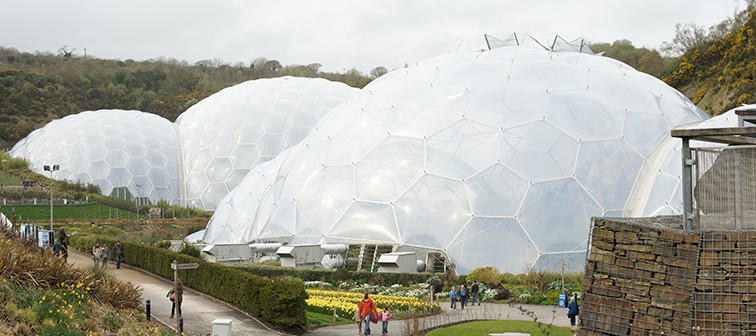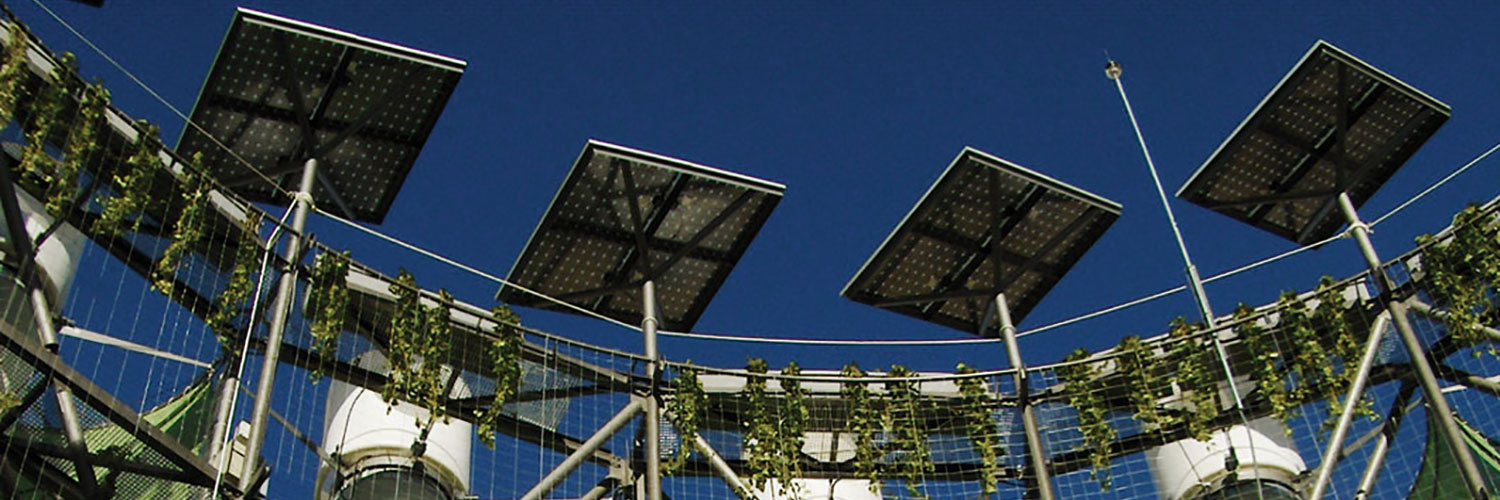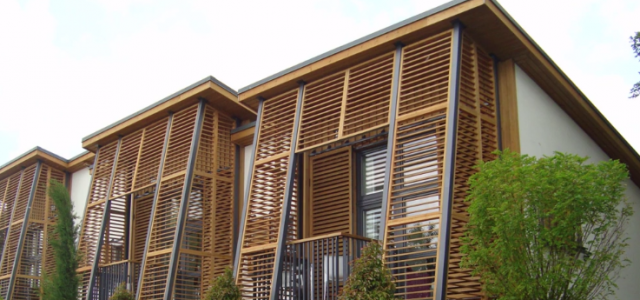There is a need for a consumers’ guide to environmental assessment tools . The European Commission has mandated the European standards organisation, CEN, to develop a standardised system for assessing the environmental performance of buildings. This work began in 2004 and was expected to be completed in late 2009. Meanwhile, several other national schemes have been developed to suit national circumstances, such as Ecoquantum (Netherlands); LEGEP (Germany); Haute Qualitié Environnementale (France). In Spain, the US LEED system has been used to assess sustainable building in public projects.
Sustainability metrics
In the UK and USA, market leaders such as BREEAM and LEED dominate the field. While these two systems are well-known, the selection of building materials and methods represents only a small part of the tool. Generally, BREEAM and LEED are seen as making a useful contribution to advancing the cause of greener buildings but they are not without their critics.
LEED certification
Many maintain that a LEED certification plaque is no guarantee that a building deserves accolades for good green design. Industry professionals commonly complain that the credit system unevenly recognizes energy use. For example, because each LEED credit is worth one point (out of a possible 69), it’s possible for a building to receive 26 points – enough for a plaque – without obtaining a single point for energy efficiency.
This is arguably the most important green building metric, and critics note that this loophole allows owners to slap a few green elements – from a green roof to preferred parking spaces for hybrid vehicles – on top of an otherwise conventional building in order to score easy LEED points.
Key components of a full life cycle inventory for construction products
In 2004, the Green Building Alliance, a Pittsburgh-based coalition of environmental groups, compiled an anonymous electronic survey of architects, engineers, contractors, and others who had worked on green building projects. On a recent building, one respondent had received one LEED point for installing a $395 bike rack, the same score as for a $1.3 million heat recovery system that would help save the owner around $500,000 annually in energy costs.
 The US Green Building Council promotes the LEED system of assessment and recently in the UK, a Green Building Council has also been established. Similar organisations exist in Australia and other countries. In addition to such overall methods of assessing buildings, there is a maze of systems for assessing the environmental impact of materials. These are sometimes taken into account in building design assessment tools, but not always.
The US Green Building Council promotes the LEED system of assessment and recently in the UK, a Green Building Council has also been established. Similar organisations exist in Australia and other countries. In addition to such overall methods of assessing buildings, there is a maze of systems for assessing the environmental impact of materials. These are sometimes taken into account in building design assessment tools, but not always.
In 1988, a Construction Products Directive was adopted by the European Union and is currently being considered for amendment. It had been hoped that this would lead to a harmonisation of environmental standards for building products throughout Europe. Even though many building products now exhibit the “CE” mark, this does not provide any guidance to its environmental provenance. While a number of EU measures have driven forward the agenda for sustainable construction, in particular, pressure to reduce pollution and remove toxic chemicals from buildings, there has not been an overall strategy for sustainable construction.
Tools for assessing environmental performance
There are two important tools that are used to assess environmental performance of construction products – Environmental Product Declarations (EPDs) and Life Cycle Assessment (LCA).
In fact, these two tools are closely linked, as an EPD uses LCA to calculate the magnitude of the impact categories that are included in the declaration.
In order for LCAs and EPDs to be generated for a particular process or product, it is necessary to have reliable and representative life cycle inventory (LCI) data.



